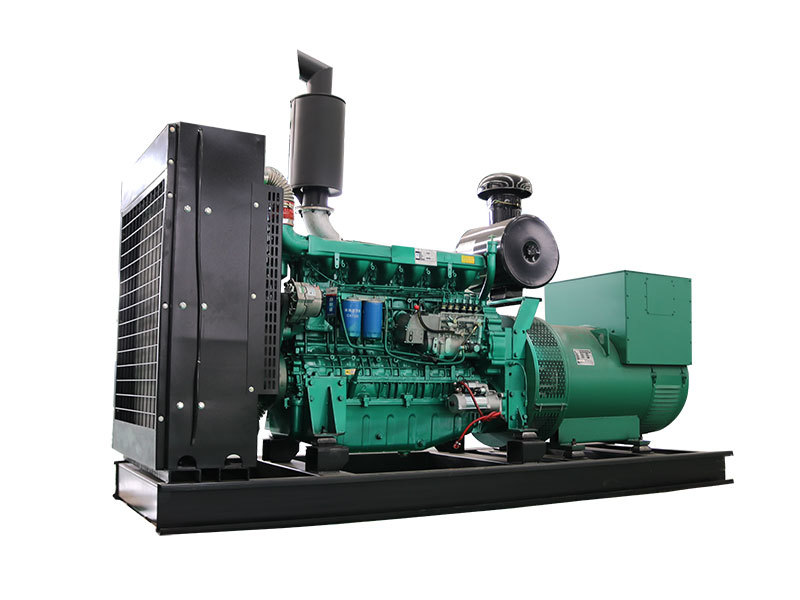Introduction
When it comes to selecting a generator set, understanding power ratings and sizing is absolutely essential. After all, nobody wants to end up with a generator that can't handle their electrical load, or one that's unnecessarily large and expensive. That's why, in this article, we're going to dive deep into the topic of generator set power ratings and sizing, covering everything you need to know to make an informed decision. So, without further ado, let's get started!
What are Generator Set Power Ratings?
Before we can talk about sizing generator sets, it's important to understand what power ratings actually mean. In simple terms, a generator set's power rating refers to the amount of electrical power it can produce. This is usually expressed in watts (W) or kilowatts (kW), with one kilowatt equal to 1,000 watts. Power ratings can vary widely depending on the specific model and type of generator set, so it's important to consult the manufacturer's specifications before making a purchase.
Types of Power Ratings
There are several different types of power ratings that you may encounter when shopping for a generator set, including:
- Prime power rating: This refers to the maximum power a generator can produce over an extended period of time (typically 500 hours or more) while running at variable load.
- Standby power rating: This is the maximum power a generator can produce for short periods of time (typically less than 500 hours per year) while running at constant load.
- Continuous power rating: This is the maximum power a generator can produce continuously (24/7) while running at constant load.
It's important to choose a generator set with a power rating that matches your specific needs, as this will ensure that it's able to handle your electrical load without overloading or underperforming.
How to Size a Generator Set
Once you understand the different types of power ratings, it's time to start thinking about sizing your generator set. Here are the steps you should follow:
- Determine your electrical load: This is the total amount of power that all of your electrical devices and appliances will consume. You can calculate this by adding up the wattage of each individual device and appliance, or by consulting an electrician.
- Choose the appropriate power rating: Based on your electrical load, choose a generator set with a power rating that is sufficient to handle your needs. It's generally a good idea to choose a generator set with a slightly higher power rating than your calculated electrical load, to account for any unexpected power demands.
- Consider other factors: In addition to power rating and electrical load, there are several other factors to consider when sizing a generator set. These include fuel type, noise level, and physical size.
By following these steps, you can ensure that your generator set is properly sized to meet your needs.
Common Sizing Mistakes
When it comes to sizing generator sets, there are a few common mistakes that people often make. These include:
- Underestimating electrical load: It's important to be realistic when calculating your electrical load, as underestimating it can lead to a generator set that is unable to handle the demands placed on it.
- Choosing the wrong power rating: As we discussed earlier, there are several different types of power ratings to choose from. Make sure you're choosing the one that's appropriate for your needs.
- Ignoring other factors: While power rating and electrical load are certainly important, there are other factors to consider as well. Don't forget to take fuel type, noise level, and physical size into account when choosing a generator set.
By avoiding these common mistakes, you can ensure that your generator set is properly sized and able to meet your needs.
Conclusion
Sizing and understanding generator set power ratings can seem like a daunting task, but it doesn't have to be. By following the steps outlined in this article, you can ensure that your generator set is properly sized to meet your needs, and that you're choosing the right power rating for your specific situation. So, the next time you're in the market for a generator set, remember these tips, and you'll be well on your way to selecting the perfect one for your needs. Happy generator shopping!





